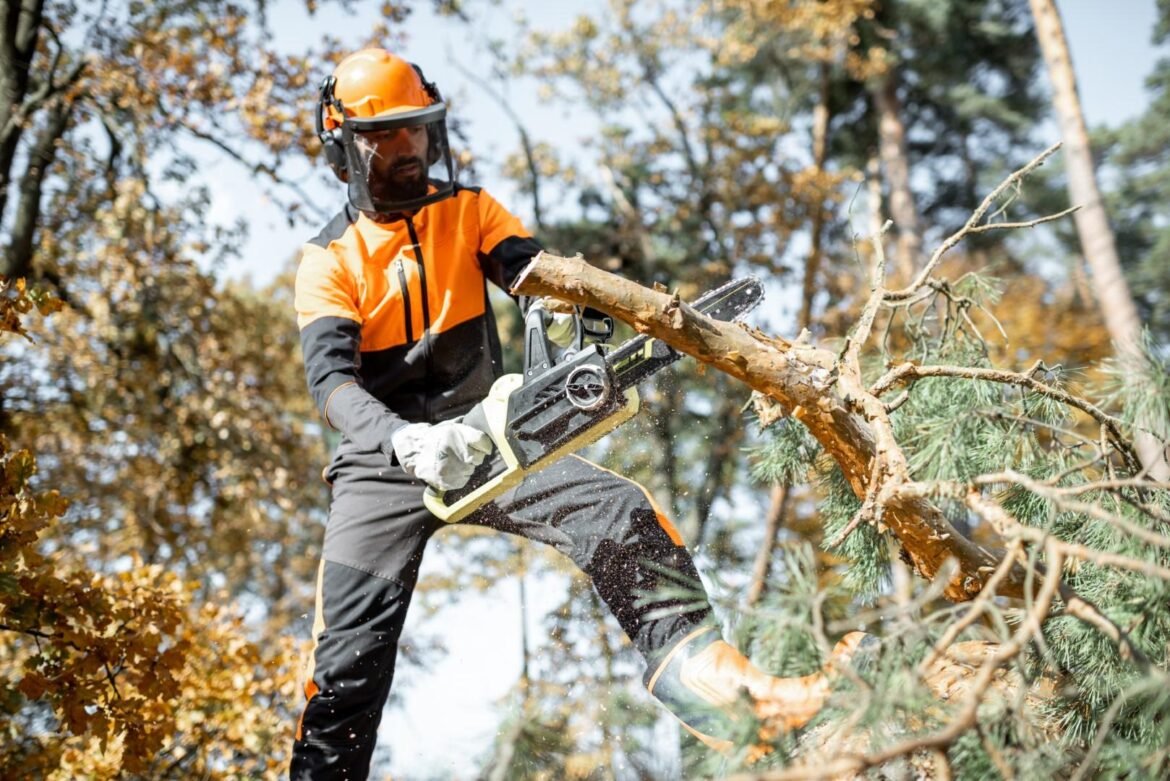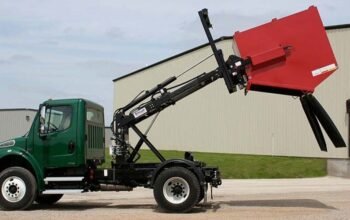Tree surgeons play a crucial role in the maintenance and care of trees, ensuring their health and longevity. One primary task is pruning, which involves removing dead or diseased branches to promote new growth and maintain the tree’s structural integrity. Additionally, tree surgeons assess the overall health of trees, identifying any signs of disease or infestation and recommending appropriate treatments. They also provide essential services like fertilization and soil management to optimize tree health.
What Does a Tree Surgeon Do?
Tree Removal and Pruning
In some cases, tree surgeons are tasked with the removal of trees that pose safety hazards or are no longer viable. This process requires careful planning to ensure the safety of nearby structures and individuals. Tree surgeons utilize specialized equipment such as chainsaws and cranes to safely dismantle and remove trees, minimizing the impact on the surrounding environment. Additionally, they are skilled in stump grinding and removal techniques to complete the process efficiently.
Tree Health Assessment and Treatment
Tree surgeons are trained to diagnose various tree diseases and pests, implementing effective treatment strategies to mitigate damage and restore tree health. They may administer injections or apply pesticides to combat infestations, as well as provide ongoing monitoring to prevent recurrence. By conducting regular health assessments, tree surgeons can identify potential issues early and take proactive measures to maintain the vitality of trees in urban and natural settings.
Training and Qualifications
Education Requirements
Becoming a tree surgeon typically requires a combination of formal education and hands-on training. While there is no specific degree required, many aspiring tree surgeons pursue coursework in arboriculture, horticulture, or forestry to gain a solid foundation in tree care principles. Additionally, participating in apprenticeship programs or obtaining certifications from recognized organizations can enhance one’s skills and credibility in the field.
Certification and Licensing
In many regions, tree surgeons are required to obtain certification or licensure to practice professionally. These credentials often involve passing written and practical exams to demonstrate proficiency in arboricultural practices, safety protocols, and ethical standards. Maintaining certification may require continuing education to stay abreast of industry advancements and best practices.
Skills and Attributes Needed
Tree surgery demands a unique set of skills and attributes, including physical stamina, dexterity, and problem-solving abilities. Tree surgeons must be comfortable working at heights and in various weather conditions, often using specialized climbing and rigging techniques to access trees safely. Strong communication skills are also essential for interacting with clients, colleagues, and other stakeholders, as well as conveying important safety information.
Tools and Equipment Used by Tree Surgeons
Climbing Gear
Climbing is an integral part of tree surgery, and tree surgeon rely on a variety of specialized equipment to navigate tree canopies safely. This includes harnesses, ropes, ascenders, and carabiners, which allow them to ascend and descend trees with ease. Additionally, tree surgeons may use climbing spikes or spurs to gain traction on tree trunks during ascent, ensuring stability and control.
Cutting Tools
Cutting tools are essential for pruning, trimming, and removing tree branches, and tree surgeons utilize a range of equipment to perform these tasks effectively. Common cutting tools include chainsaws, hand pruners, loppers, and pole saws, each suited to different types of cuts and tree sizes. Maintaining sharp blades and proper tool maintenance is critical for achieving clean cuts and minimizing damage to trees.
Safety Equipment
Safety is paramount in tree surgery, and tree surgeons rely on a variety of personal protective equipment (PPE) to mitigate risks. This includes helmets to protect against head injuries, safety glasses or goggles to shield the eyes from debris, and gloves to provide grip and hand protection. Additionally, tree surgeons may wear protective clothing such as chainsaw-resistant pants and boots with reinforced toe caps for added safety.
Conclusion:
Tree surgeons play a vital role in maintaining the health and safety of trees in both urban and natural environments. From pruning and maintenance to tree removal and health assessments, their expertise ensures the longevity and vitality of our green spaces. By adhering to strict training standards, utilizing specialized equipment, and prioritizing safety protocols, tree surgeons continue to make invaluable contributions to environmental conservation and public safety. Whether you’re in need of tree care services or simply want to learn more about this fascinating profession, understanding the role of tree surgeons is essential for promoting healthy ecosystems and beautiful landscapes.




